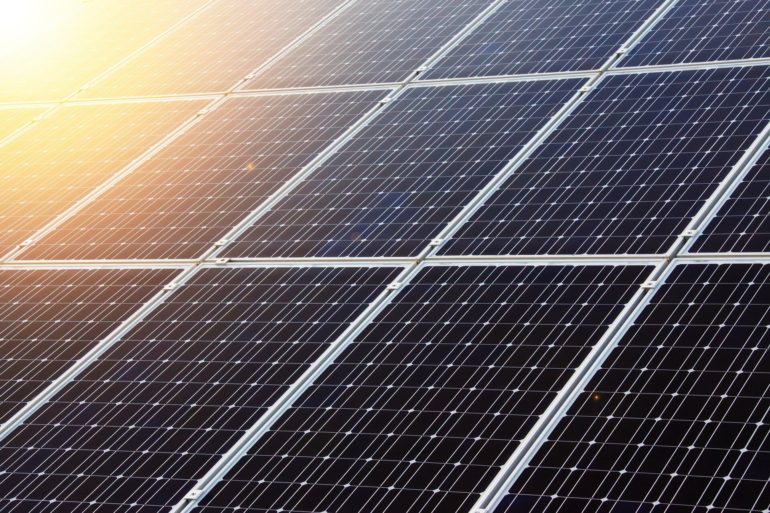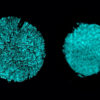Lowering the operating temperature of solar panels by just a few degrees can dramatically increase the electricity they generate over their lifetime, KAUST researchers have shown. The hotter a panel gets, the lower its solar power conversion efficiency (PCE) and the faster it will degrade and fail. Finding ways to keep solar panels cool could significantly improve the return on investment of solar-power systems.
The long-standing focus of photovoltaics (PV) research has been to improve solar modules’ PCE and make solar power more cost-competitive than nonrenewable power generation. The higher the PCE, the better the PV system’s financial payback over its lifetime or the lower its “levelized cost of energy” (LCOE).
Other factors can skew these LCOE values. Capturing sunlight is inherently hot work. “All solar cells generate heat, which can lower the electrical output and shorten the module lifetime,” says Lujia Xu, a postdoc in Stefaan De Wolf’s team. Panels can regularly reach 60-65 degrees Celsius, but heat’s impact on LCOE rarely receives much consideration.
Now, Xu, De Wolf and their colleagues have developed a metric that directly compares the LCOE gains by reducing the module temperature with the LCOE gains for improving module efficiency. Under typical operating conditions, the same improvement in LCOE by finding a hard-won one percent gain in PCE could be achieved by lowering the module temperature by as little as 3 degrees Celsius, they showed.
The key factor was that hotter panels fail far more rapidly. “A 4 degrees Celsius decrease in module temperature would improve the module time to failure by more than 50 percent, and this improvement increases to over 100 percent with a 7 degrees Celsius reduction,” says Xu.
The team then developed a model to first predict the module temperature and subsequently find ways to lower it. The most effective approach was to locate modules in a windy environment with proper mounting to enable effective heat transfer to the surrounding environment. But they also showed they could achieve significant gains by making modifications at the module level. The EVA polymer encapsulant used to seal the module strongly absorbs heat from sunlight. “Replacing EVA with a more transparent material, or even adapting an encapsulant-free module technology, would be beneficial,” Xu says.
“Our results show that researchers should pay more attention to module temperature,” says De Wolf. “Because crystalline silicon solar-cell efficiency is approaching the practical upper limit, it is timely to consider other ways to decrease the LCOE, which might be even more significant than further marginal gains in cell efficiency.”
First semi-transparent perovskite modules
More information:
Lujia Xu et al. Heat generation and mitigation in silicon solar cells and modules, Joule (2021). DOI: 10.1016/j.joule.2021.01.012
Provided by
King Abdullah University of Science and Technology
Citation:
Modeling shows the true cost of heat on PV system performance (2021, March 8)
retrieved 8 March 2021
from https://techxplore.com/news/2021-03-true-pv.html
This document is subject to copyright. Apart from any fair dealing for the purpose of private study or research, no
part may be reproduced without the written permission. The content is provided for information purposes only.



